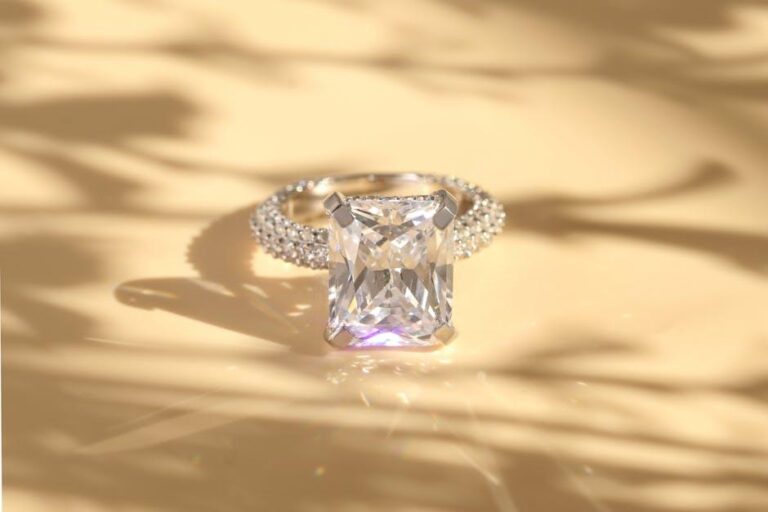
Zirconia vs. Lithium Disilicate – Dental Economics
In the modern dental practice, choosing the right restorative material can significantly impact both clinical outcomes and economic considerations. Zirconia and lithium disilicate are two of the most popular ceramic materials used for dental crowns, bridges, and veneers. They each offer unique benefits, costs, and limitations that affect treatment planning, patient satisfaction, and practice profitability. This comprehensive guide explores the key differences between zirconia vs. lithium disilicate from a dental economics perspective to help dentists make informed decisions.
Understanding Zirconia and Lithium Disilicate
Both zirconia and lithium disilicate belong to the family of ceramic dental materials; however, their composition and properties differ markedly.
Zirconia
Zirconia (zirconium dioxide) is a high-strength ceramic known for its exceptional durability and fracture resistance. It is commonly used for posterior crowns and multi-unit bridges due to its ability to withstand high occlusal forces. Zirconia restorations are often milled using CAD/CAM technology and can be layered with porcelain for esthetic enhancement.
Lithium Disilicate
Lithium disilicate is a glass-ceramic material prized for its superior esthetics and translucency, closely mimicking natural enamel. It provides a balance between strength and optical properties, making it ideal for anterior crowns, veneers, and inlays/onlays. It also can be CAD/CAM fabricated or pressed for restoration manufacturing.
Comparing Zirconia vs. Lithium Disilicate: Key Differences
| Feature | Zirconia | Lithium Disilicate |
|---|---|---|
| Flexural Strength | 900-1200 MPa | 350-400 MPa |
| Esthetics | Opaque to slightly translucent | Highly translucent, enamel-like |
| Longevity | 10+ years (highly durable) | 7-10 years (good longevity) |
| Indications | Posterior crowns, bridges, implants | Anterior crowns, veneers, inlays/onlays |
| Price Point | Generally higher due to material and milling | Moderate; slightly lower lab costs |
| Preparation | More aggressive tooth reduction | Conservative preparation possible |
Dental Economics: Cost Analysis
When considering the economics of zirconia vs. lithium disilicate restorations, several factors influence both direct and indirect costs:
- Material cost: Zirconia blanks tend to be more expensive than lithium disilicate blocks.
- Laboratory fees: Milling zirconia requires specialized equipment and sintering processes, possibly increasing lab fees.
- Chair time: More extensive tooth preparation for zirconia may increase clinical chair time.
- Longevity and remake costs: Zirconia’s higher fracture resistance may reduce the need for remakes in high-stress areas.
The investment into zirconia restorations tends to be higher upfront but can lead to better long-term durability, especially for posterior load-bearing teeth. Lithium disilicate offers a lower cost alternative with excellent esthetics suited for anterior restorations.
Benefits and Practical Tips for Dental Practices
Benefits of Zirconia
- Superior strength for bridges and molar crowns
- Biocompatible and resistant to wear
- Can be customized with staining and layering techniques
Benefits of Lithium Disilicate
- Highly esthetic with natural translucency
- Conservative tooth reduction preserves enamel
- Excellent for single-unit anterior restorations and veneers
Practical Tips
- Evaluate each patient’s occlusion and esthetic priorities before selecting a material.
- Use zirconia for high-stress posterior restorations, especially multi-unit bridges.
- Choose lithium disilicate when esthetics are paramount, especially in the smile zone.
- Invest in in-office CAD/CAM technology to reduce lab turnaround and optimize costs.
Case Study: Economic Impact of Choosing Zirconia vs. Lithium Disilicate
A mid-sized dental practice incorporated both zirconia and lithium disilicate restorations over a year and tracked costs, remakes, and patient satisfaction:
| Metric | Zirconia Group | Lithium Disilicate Group |
|---|---|---|
| Number of restorations | 150 | 200 |
| Average cost per restoration | $900 | $700 |
| Remake rate | 1.5% | 4.0% |
| Patient satisfaction | 92% | 89% |
| Profit margin | 28% | 33% |
Although lithium disilicate restorations yielded a higher immediate profit margin due to lower cost and faster turnaround, the increased remake rate and slightly lower patient satisfaction suggested a trade-off in clinical performance. Zirconia’s durability contributed to fewer remakes and higher long-term patient satisfaction, which can translate into reduced indirect costs and improved reputation.
First-Hand Experience from Dental Practitioners
Leading dentists highlight the importance of case selection for material choice:
“Zirconia is my go-to for posterior crowns and bridges because it withstands chewing forces so well. But for front teeth, I always choose lithium disilicate for that perfect smile esthetic.” – Dr. Amanda Lee, Prosthodontist
“The turnaround time and precision of lithium disilicate CAD/CAM crowns have really improved patient acceptance, but I counsel patients on the importance of avoiding excessive biting forces.” – Dr. James Carter, General Dentist
Conclusion
When weighing zirconia vs. lithium disilicate in dental economics, dentists must balance factors including strength, esthetics, cost, and clinical indication. Zirconia offers unmatched durability suited for demanding posterior restorations, though at a higher material cost and preparation requirement. Lithium disilicate provides excellent esthetics with more conservative preparation and moderate pricing, ideal for anterior cases. By understanding these nuances, dental professionals can optimize treatment outcomes while maintaining economic viability.
Ultimately, incorporating both materials strategically based on patient needs and practice goals leads to the best synergy of clinical excellence and economic sustainability.


